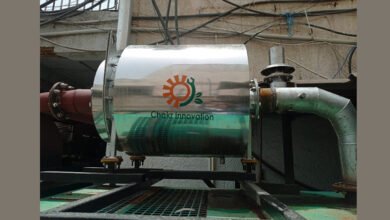New Delhi (India Science Wire): In a collaborative effort, scientists from the International Advanced Research Center for Powder Metallurgy and New Materials (ARCI) and Indian Institute of Technology Hyderabad (IIT Hyderabad) have developed a low-cost supercapacitor device with high capacitive retention power. For this they have synthesized a novel electrode material, which may lead to the formulation of next generation high power-high energy storage devices.
Supercapacitors have now gained substantial attention due to various advanced features in comparison to their batter counterparts. They have new energy saving and conversion equipment that is likely to have the potential of high power density, rapid discharge-charge, long cycle life, safe working, and low cost. Herein, Scientists synthesize three‐dimensional NiCo2O4 (NCO) nanosheets with oxygen vacancies induced by sustainable and environmentally benign electrodeposition assisted chemical reduction process. Oxygen vacancies increase the conductivity, absorptivity, and the active surface area, thereby enhancing the charge storage capabilities.
Such hybrid supercapacitors combine the features of both conventional double layer supercapacitors and batteries and act as high power-high energy storage devices. However, it remains challenging to design pseudo-capacitor devices with redox metal oxide (MO) materials with high porosity, which exhibit high capacitance and lost lasting cycle life. It is desirable to amend the intrinsic properties of the synthesized MO to enhance its conductivity, stability, and electrochemical activity.
Scientists addressed these challenges and synthesize NiCo2O4 nanostructured electrodes by a novel electrodeposition route. “They also introduced an optimum number of oxygen vacancies by an environmentally benign chemical reduction process to make up for an active, positive electrode material for hybrid supercapacitor. This could be an effective alternative to the existing carbon-based electrodes for supercapacitors to achieve high energy density” reported in the research paper.
An asymmetric supercapacitor device further fabricated by the research team, using porous carbon and NiCo2O4 electrodes exhibited good capacity retention and stability. The device could power devices like an LED lamp and a DC fan.
The research team includes Katchala Nanaji, SreekanthMandati, Tata N. Rao, B V Saradafrom ACRI and SamhitaPappuand Surendra K. Martha from IIT Hyderabad. The research findings have been published in the paper Batteries and Supercaps. (India Science Wire)

